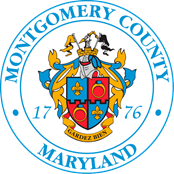An official website of Montgomery County, Maryland
An official website of
Montgomery County, Maryland Información en español
Montgomery County, Maryland Información en español

Montgomery County Council
Legislative Branch